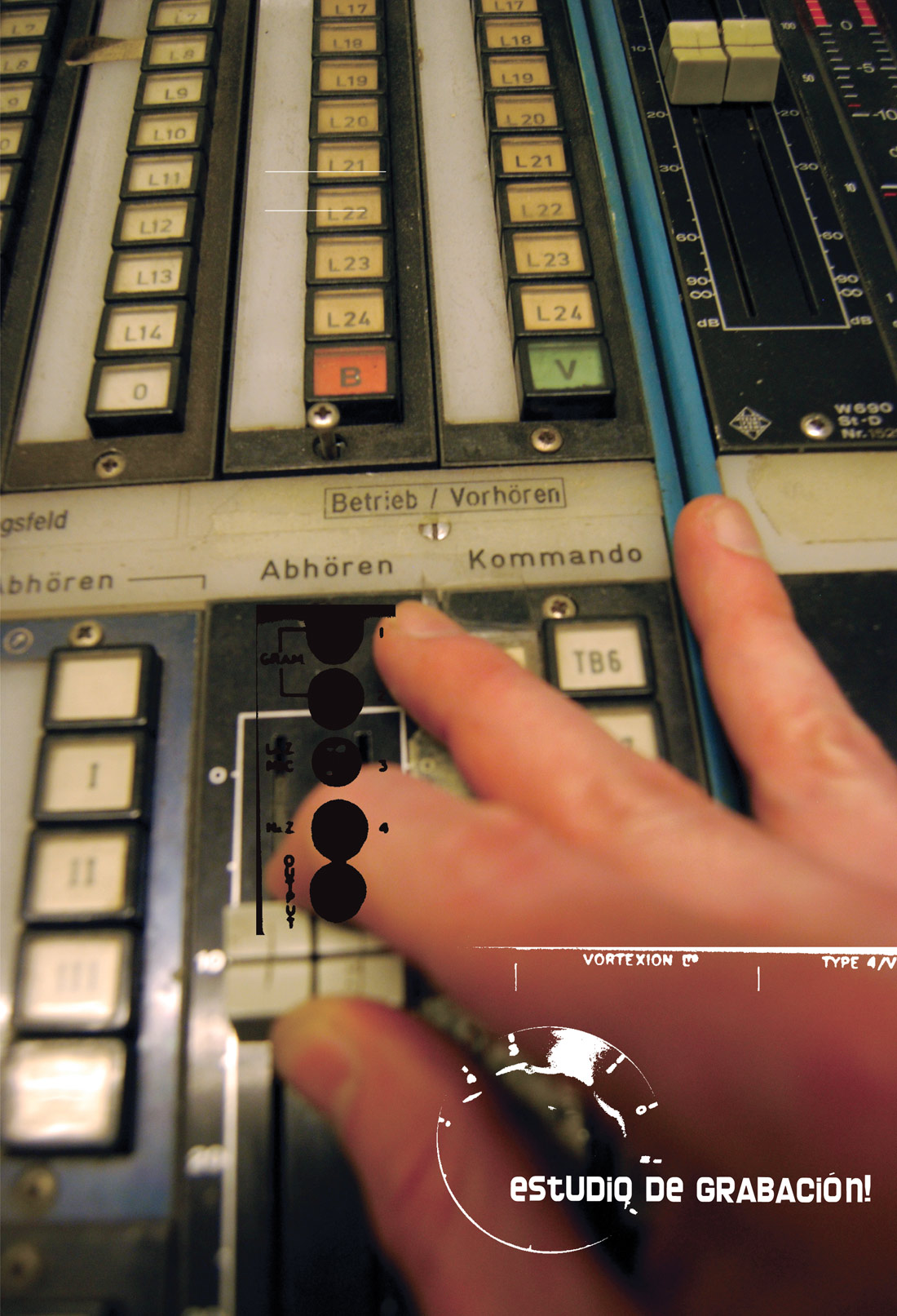In today's boutique audio market, variable-mu designs have become very popular after the rediscovery of such classic units as the Fairchild 670, General Electric BA-5-A, and Gates Sta-Level. What Anthony DeMaria over at ADL has done this time is painstakingly resurrect another lost classic with his ADL 1700 Liquid Mu peak limiter. It's a descendant of the Universal Audio 175, a Bill Putnam design introduced in 1961, and Anthony describes it as a cross between the 175-B and 177. The 175 was the predecessor to the much more well- known 1176 series, and it employed a 6BC6 tube, as opposed to the more common 6386, in the compression circuit. Although the layout is slightly different from the original, the controls are all there, including a few new ones like a high- pass filter at 90 Hz for the detection circuit and a hard bypass for the unit. When Anthony came by Strange Weather to drop off his new creation along with his own original vintage unit, he said, "I like to hang back. I do all the research I can, build it the best I can, and then let the gear speak for itself."
Upon first patching in the original UA 175 and then the ADL 1700, we could instantly hear why it took Anthony years to recreate it. It immediately adds wonderful harmonic content and seems to wrap itself around what's running through it. When working on a new mix for NYC rock group The Yells, the ADL 1700 was thrown on lead vocal at a low ratio of 2:1. The original 175 has a fixed ratio of 12:1, and the lower ratio options on the 1700 open up a whole world of new possibilities. The lower ratios seem to keep a firm hand on the track while still allowing the audio to breathe a bit, as opposed to the higher ratios which seem to be a little more hands off, but much more responsive to lower frequencies (making the 90 Hz filter all the more useful). We already had a pretty good vibe happening with an old Gates SA-39B limiter, which has a particular grind that was helping push the vocal forward, as opposed to the smoother, warmer character of the ADL 1700, so we moved the ADL over to a mono drum bus, where it added a pillowy thwack that the basic tracks were missing. Set at a higher ratio and with the 90 Hz filter engaged, it was able to pull down and grab more of the air around the snare, making the drumming more expressive.
Later, I patched in the ADL 1700 while working on a mix for Sierra Leone native Janka Nabay and his band The Bubu Gang. We began tracking his new album this summer in a cabin in the woods and didn't use any outboard gear other than mic preamps, so I knew I was starting with very clean, raw tracks. Bubu music is a very fast style of African electronic dance music with heavy kicks and pronounced Casio flute tones. When I first started working on the track, I felt that the bass guitar was lacking some power and didn't inspire as much confidence as the drum machine and voice did. I inserted the ADL 1700 on the bass track - a short-scale Gretch into a Fender Bassman combo recorded with a Lucas CS-1 large- diaphragm condenser. I set the ratio again to a low 2:1, but with the input turned up quite a bit, and with pretty slow attack and release, I was able to get the bass to stay in place, hold back some of the blooming low-mids, and extract a little more grit from the amp's natural breakup. The bass fit perfectly into the song, commanding its own space while still allowing the kick to punch both above and below.
Finally, while working on a new single with Brooklyn band Oberhofer, I really got to put the ADL 1700 through its paces. I strapped it across an RCA KU-3A ribbon mic first thing in the morning and recorded with it all day, moving the mic from drums, piano, orchestral chimes, and finally the lead vocals, all to our Studer A820. I was able to achieve an extremely usable sound on every source - and relatively quickly at that. Like most of my favorite things, the ADL 1700 doesn't have very many controls, and most of the settings are good ones.
Whether you don't own any classic tube compressors, or are totally obsessed like studio-owner Marc Alan Goodman and myself, you probably wouldn't kick this compressor out of bed for eating crackers. It's not noisy, it's got vibe for days, and Anthony DeMaria provides some of the best customer support I've ever encountered. I imagine we'll be happily using our ADL 1700 for years to come.
($2650 street; www.anthonydemarialabs.com)




_disp_horizontal_bw.jpg)